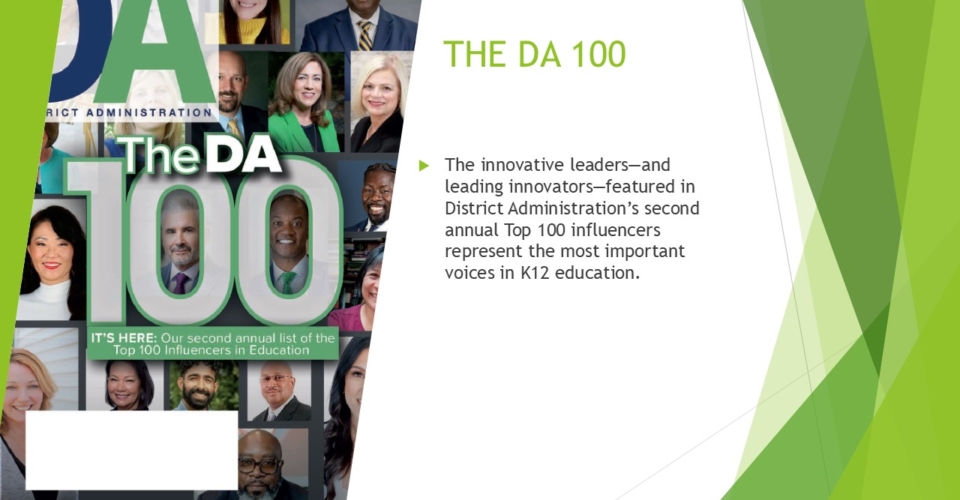With many educators relying more and more on artificial intelligence in and around the classroom, a coalition of prominent edtech organizations—called TeachAI—is developing guidelines for safer use of the rapidly advancing technology.
TeachAI was created by Code.org, ETS, ISTE, Khan Academy and the World Economic Forum to help schools develop a practical framework for teaching with and about AI while also protecting student safety and privacy, and rooting out bias and misinformation. The guidelines will cover curriculum, pedagogy, standards and assessments to meet the needs “of an increasingly AI-driven world,” the group says.
The globally focused project is bringing tech giants Amazon, Cisco, Microsoft and OpenAI together with education organizations such as AASA, The School Superintendents Association, the College Board, Council of Chief State School Officers, National Association of State Boards of Education and the National School Boards Association. Other partners include equity-focused groups such as Black in AI and the National Center for Women & Information Technology.
More from DA: Leaders sound off on the top 7 challenges K12 is facing right now
“To prepare our children for the jobs of tomorrow, we need to teach them how to work with the newest technology so that they learn digital fluency and collaboration,” said Hadi Partovi, CEO and founder of Code.org. “Instead of banning AI in the classroom, we must introduce it thoughtfully, safely and inclusively.”
More than half of teachers report that they are already using ChatGPT, with 10% saying they use it every day. They’re using it to lesson plan, come up with creative ideas for classroom activities and obtain background knowledge for lessons, according to a recent Walton Family Foundation survey.
And younger students, particularly those in middle school, are more likely to have used ChatGPT—nearly half of students between 12 and 14 years old have used artificial intelligence, the survey found.
Can TeachAI tackle the big questions?
Leaders of TeachAI say the coalition intends to support educators by developing:
- Policy and pedagogical recommendations for teaching with AI: Best practices for policymakers, education leaders, teachers, and companies on safely incorporating AI into K12 curriculum, assessments, and professional learning.
- A global framework for computer science, including AI: The existing K-12 CS Framework guides educators in implementing computer science curricula. TeachAI will add tools for teaching about and using AI in computer science instruction.
- Public engagement opportunities for educators and administrators: TeachAI intends to engage the broader education community through webinars, blog posts, emails, and social media to collect input and share ideas.
Khan Academy is now piloting Khanmigo, an AI-powered tutor and teaching assistant. “We think AI has enormous potential to accelerate learning for students and serve as an assistant for teachers to save them time,” Sal Khan, founder of Khan Academy, said in a news release. “By introducing AI in the classroom with appropriate safeguards, we’re opening doors for students and teachers to have access to the power of AI technology and create a more innovative, inclusive and equitable learning experience.”



